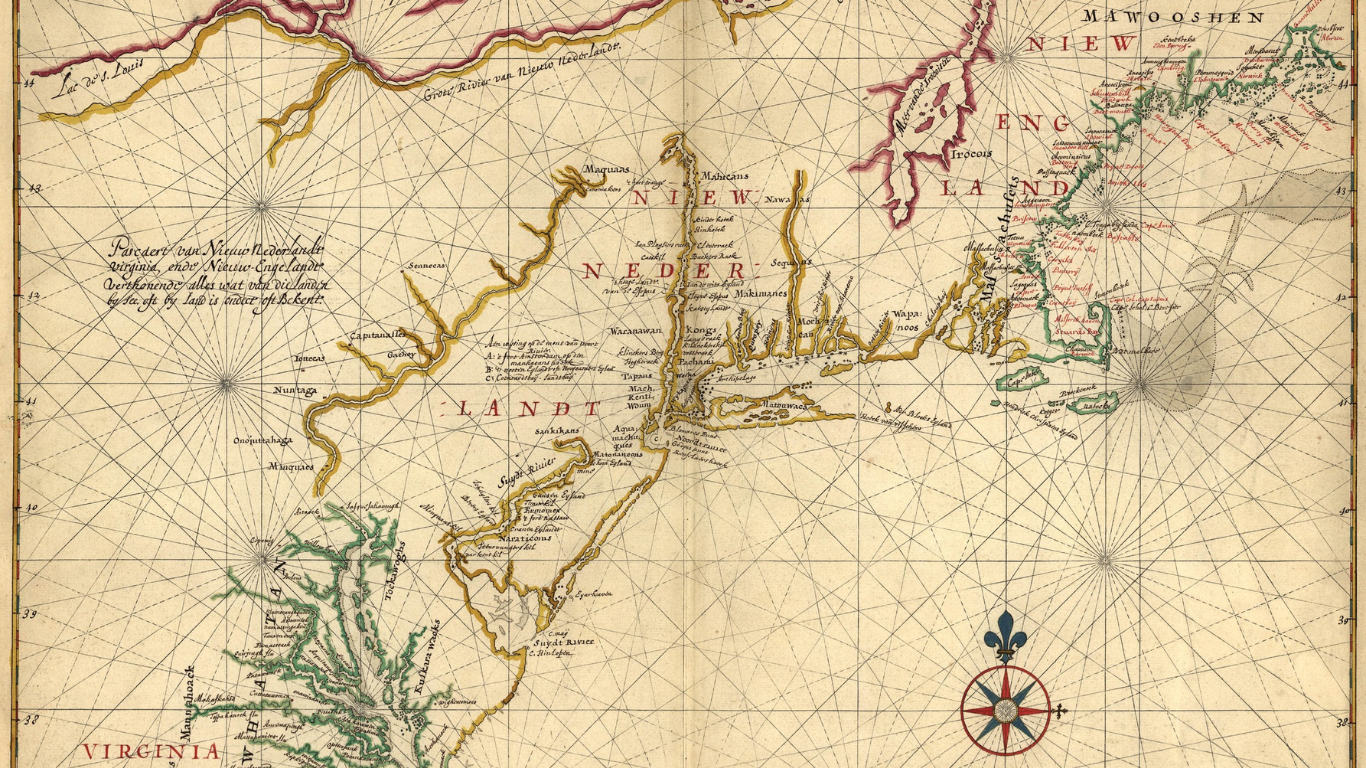Our History
The Potomac Appalachian Trail Club was founded on the principles of volunteerism and public service by outdoor enthusiasts in the Mid-Atlantic region of the U.S. in 1927.
The club was originally formed to survey and construct hundreds of miles of the Appalachian Trail, a 2,100-mile footpath following the crest of the Appalachian mountain chain.
Eight people, including Myron Avery, met and formed PATC in Washington, D.C. to build “a section” of the A.T. and support the creation of Shenandoah National Park.
It is said that the dream of an Appalachian trail belongs to Benton MacKaye. The first PATC president, Myron Avery helped to realize that dream and the A.T. was completed as a continuous footpath from Maine to Georgia in 1937.
By the time Shenandoah National Park was created in 1937, PATC was already maintaining a network of trails in the region and publishing the region's first maps and guidebooks. PATC also started constructing cabins and shelters for its members and the hiking public during this period.
PATC's trail region continues to grow along with more cabins and shelters, maps and guidebooks, while the values on which the club was founded, volunteerism and public service, endure.
To learn more about early activities, check out the PATC Library or the PATC store.
We are on Native Lands
The Appalachian Trail and surrounding regions encompass over 22 Native Nations' traditional territories. It is important to acknowledge that these lands first belonged to Indigenous American nations and tribes before they were colonized.
As stated by National Geographic, "People lived in North America long before the first Europeans arrived. The arrival of English settlers in Jamestown in 1607 marked the beginning of an end to the traditional lifestyle of Native Americans in the Mid-Atlantic region of North America."
We must remember this, as hikers, backpackers, campers, climbers, and general recreators of public lands. We encourage everyone to research the ancestral lands they are on, and pay respects to our nations ancestors.
Visit Native Land Digital to explore Native American territories world wide.
Visit National Geographic to learn more about Native American History throughout the Mid-Atlantic region of the U.S.

Get the Latest PATC News + Updates
Contact Us
Thank you for joining our mailing list!
Stay tuned for news, upcomng events, volunteer opportunities, and more!
If you're not currently a PATC member, consider becoming one today!
Learn more by visiting our website.
Please try again later.
Contact Us
Mailing Address
118 Park Street Vienna, VA
22180-4609
Email Address
Cabin Reservations
Phone Number
Issues with the website? Please fill out this form.
